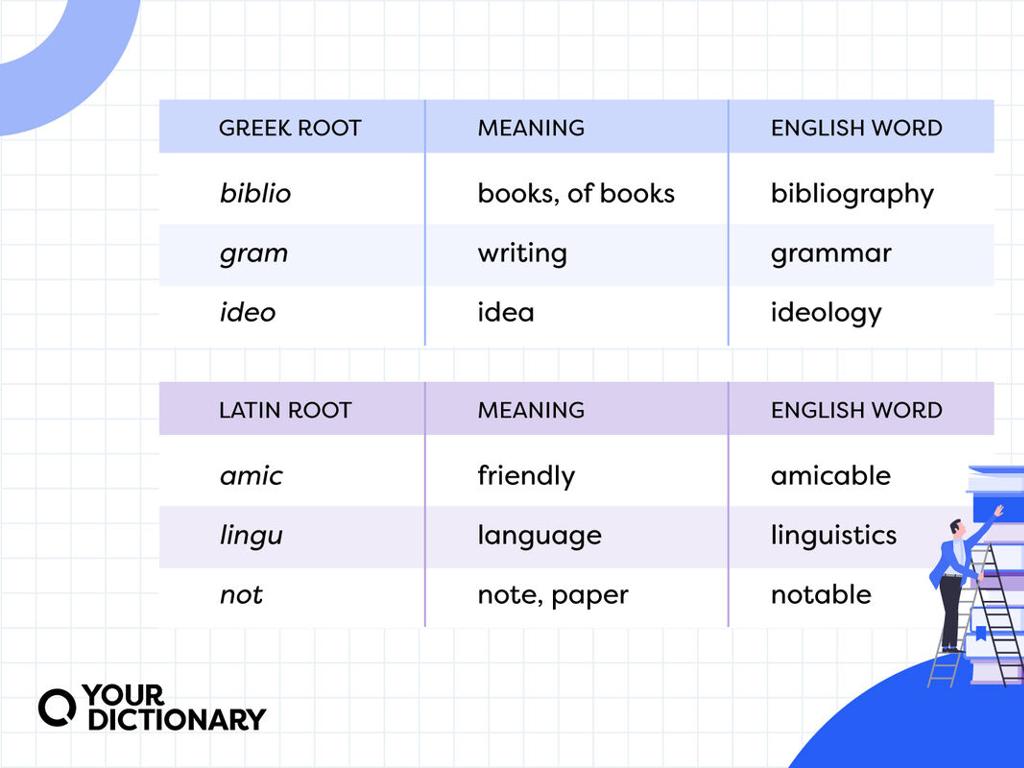Region Profile: East Asia
Subject: Social studies
Grade: Sixth grade
Topic: Asia: Society And Environment
Please LOG IN to download the presentation. Access is available to registered users only.
View More Content
Exploring East Asia
– Introduction to East Asia
– Comprising China, Japan, Korea, Mongolia, and Taiwan
– What defines a region?
– A region is an area with common features
– Significance of studying East Asia
– East Asia’s global economic & cultural impact
– Major countries in East Asia
|
This slide introduces students to the region of East Asia, which includes countries such as China, Japan, Korea, Mongolia, and Taiwan. Discuss the concept of a region as an area defined by common characteristics, which can be geographical, cultural, or political. Emphasize the importance of East Asia on the world stage due to its significant economic growth, cultural exports, and historical influence. Highlight the major countries to provide a geographical context and prepare students for a deeper dive into the individual societies and environments within East Asia in subsequent lessons.
Exploring East Asia’s Physical Geography
– Major landforms: Himalayas, Gobi, Yellow River
– The Himalayas are the highest mountains, Gobi is a vast desert, and the Yellow River is known as China’s sorrow due to flooding.
– Climate zones: Siberian to tropical
– East Asia experiences extreme climates, from freezing Siberia to warm, humid Taiwan.
– Natural resources impact
– Resources like coal in China influence the economy and lifestyle.
– Diverse landscapes and climates
|
This slide introduces students to the diverse physical geography of East Asia, highlighting major landforms such as the towering Himalayas, the expansive Gobi Desert, and the historically significant Yellow River. Discuss the variety of climate zones, from the harsh cold of Siberia to the tropical warmth of Taiwan, and how these climates affect the lives of the people living there. Explore the natural resources, particularly in China, where coal has a significant impact on the region’s development and environment. Encourage students to consider how geography can shape a region’s culture, economy, and daily life. Provide examples like the importance of the Yellow River for agriculture and the challenges posed by the Gobi Desert’s harsh conditions.
Cultural Overview of East Asia
– Diversity in languages and ethnicities
– Home to many languages and ethnic groups, each with unique traditions.
– Major religions and philosophies
– Buddhism, Confucianism, and Shinto shape values and beliefs.
– Artistic and literary heritage
– Renowned for calligraphy, poetry, and novels like ‘Journey to the West’.
– Technological advancements
– Innovations in technology, from ancient printing to modern electronics.
|
This slide provides a snapshot of the rich cultural tapestry of East Asia. Highlight the region’s linguistic diversity and the presence of various ethnic groups, emphasizing the importance of respecting and understanding cultural differences. Discuss the influence of Buddhism, Confucianism, and Shinto on East Asian societies, including their impact on daily life, moral conduct, and governance. Explore the region’s cultural contributions, such as its art forms, which include intricate calligraphy and unique styles of painting, as well as its rich literary traditions with works that have transcended time and borders. Lastly, delve into East Asia’s role in technological innovation, from historical inventions like paper and the compass to today’s leading-edge electronics. Encourage students to think about how these cultural elements influence the world they live in today.
Historical Highlights of East Asia
– Ancient civilizations in East Asia
– China’s dynasties and Japan’s emperors shaped early society and culture.
– Key events in modern history
– The Mongolian Empire, Korean War, and Japan’s Meiji Restoration were pivotal.
– East Asia’s role in the modern world
– Today, East Asia is a major economic powerhouse with significant global impact.
– Economic growth and influence
|
This slide aims to give students a brief overview of the rich historical tapestry of East Asia, from the ancient civilizations that laid the foundations of modern societies to the region’s current status as a global economic leader. Start by discussing the ancient civilizations, focusing on China’s dynasties and Japan’s emperors, and how their legacies are still evident in cultural practices today. Then, move on to significant modern historical events like the expansion of the Mongolian Empire, the Korean War’s impact on the Korean peninsula, and the Meiji Restoration’s role in modernizing Japan. Conclude with a discussion on East Asia’s economic growth, technological advancements, and its growing influence in global affairs. Encourage students to think about how history shapes the present and future of a region.
Economic Activities in East Asia
– Agriculture: Focus on rice
– Rice is a staple food and a key crop in East Asia.
– Industry: Electronics & automobiles
– East Asia is a powerhouse in producing electronics and cars.
– Trade relations in East Asia
– Countries in East Asia trade goods, services, and culture.
– Global trade connections
– East Asia exports to and imports from countries worldwide.
|
This slide aims to give students an overview of the economic activities that are central to East Asia’s economy. Emphasize the role of rice cultivation in agriculture, not only as a food staple but also in terms of cultural significance and economic impact. Highlight the leading industries, such as electronics and automobile manufacturing, which have positioned East Asia as a global leader in technology and innovation. Discuss the trade relationships that East Asian countries have with each other, emphasizing the importance of cooperation and economic interdependence. Finally, explore East Asia’s role in the global economy, including its trade partnerships with countries around the world, which affect many aspects of daily life from the availability of consumer goods to international relations.
Environmental Challenges in East Asia
– Pollution impacts on health and habitats
– Air and water pollution can lead to diseases and loss of biodiversity.
– Common natural disasters in the region
– Earthquakes, tsunamis, and typhoons frequently affect East Asia.
– Conservation: Protecting species and areas
– Efforts include laws and reserves to save endangered species and forests.
|
This slide addresses the significant environmental issues faced by East Asia, including pollution, natural disasters, and the need for conservation. Discuss how pollution affects both human health and wildlife habitats, leading to problems like respiratory diseases and the destruction of ecosystems. Highlight the region’s vulnerability to natural disasters such as earthquakes, tsunamis, and typhoons, and how these events shape society and the environment. Emphasize the importance of conservation efforts, such as legal protections for endangered species and the establishment of natural reserves, to maintain biodiversity and protect the environment. Encourage students to think about how these challenges are interconnected and the role humans play in both creating and solving these issues.
Class Activity: Exploring East Asia
– Form research groups
– Choose an East Asian country
– Create a cultural fact poster
– Include maps, cultural facts, and trivia about your chosen country
– Present your findings
|
This class activity is designed to engage students with the diverse cultures of East Asia. Divide the class into small groups and assign or let them choose an East Asian country to research. Each group should create a poster that includes the country’s map, key cultural facts, and interesting trivia that they find during their research. Encourage creativity and the inclusion of visual elements. Once completed, each group will present their poster to the class, sharing what they’ve learned. For the teacher: Prepare a list of countries, provide materials for poster creation, and consider a rubric for assessment. Possible countries include China, Japan, South Korea, Mongolia, and Taiwan. Ensure each group has access to research resources.






